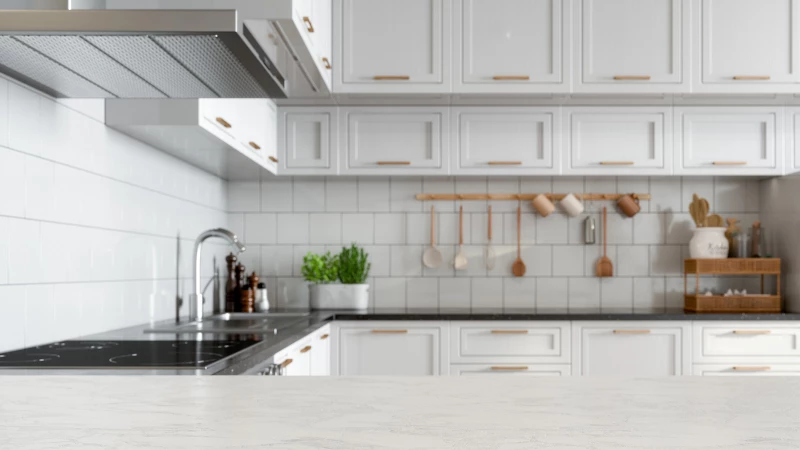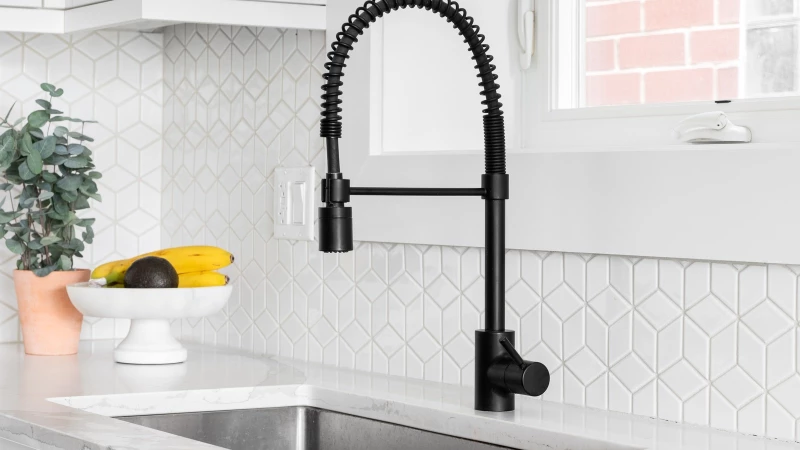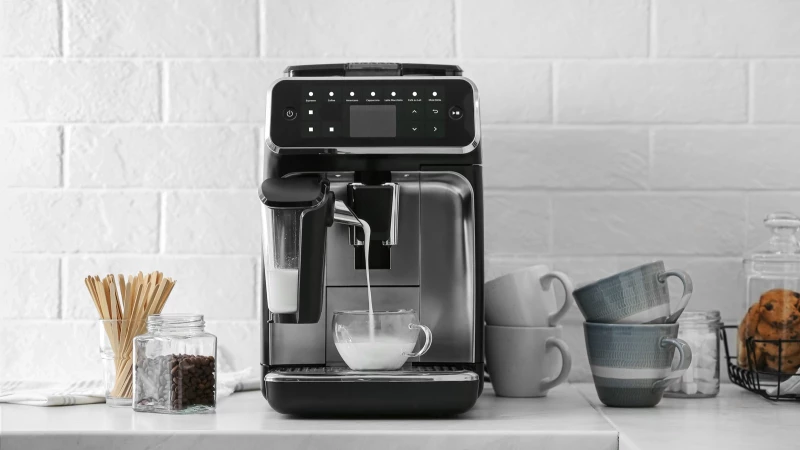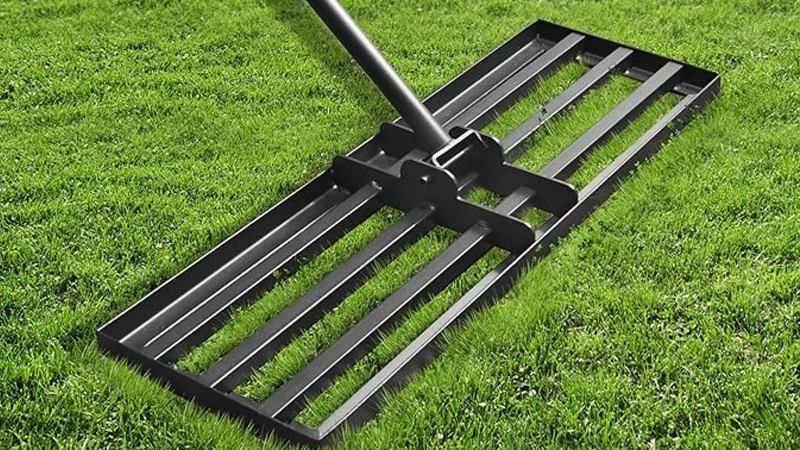Creating your ideal kitchen can be an exciting process. From selecting the perfect cabinet color to choosing the backsplash tiles and drawer knobs, it's a journey filled with enjoyable choices. However, one element that is often overlooked is the stove hood. Under-cabinet range hoods are a popular option for many households. They can be discreetly placed beneath your cabinets, seamlessly blending into the overall design of the room. These range hoods are not only easy to clean but also save space and offer a sleek, modern look. Constructed from sturdy materials like stainless steel, they come in a wide range of prices. Unfortunately, they are frequently chosen and installed as an afterthought, once all other kitchen features have been decided upon.
Learn more about cleaning your kitchen range hood here.Avoid these under-cabinet stove hood mistakes
The first step in selecting an under-cabinet stove hood is knowing that it fits underneath your overhead cabinets or microwave. However, the size, exhaust system, installation, and additional features are also essential factors to consider. Stove hoods come with exhaust fans that help filter grease and smoke while cooking, ensuring cleaner air and less buildup of grease and debris around the stove. It's crucial to have the fan running whenever you cook, whether it's a simple meal or a large gathering, making the installation of a stove hood a necessity. Here's a comprehensive guide to help you make the right choice when purchasing an under-cabinet stove hood.
The most crucial aspect to consider when buying an under-cabinet hood is its size. It should match the size of your stove range and cabinets. A hood that is too small will not effectively filter grease and smoke, leading to sticky oil buildup and smoke damage on the cabinets. On the other hand, an oversized hood can pose a hazard by protruding from under the cabinets, creating a potential safety issue. Opt for a hood that covers the entire range without extending beyond the cabinets and countertops by more than an inch or two. Additionally, ensure there is enough space between the sides of the hood and the cabinets to allow for proper ventilation.
Stove hood bonus features and considerations
Another key factor is the exhaust system. You have two options for under-cabinet stove hoods: ducted or ductless. Ducted hood fans filter grease and smoke and push them outside the home, while ductless hoods operate internally, filtering the air and releasing it back into the room. Ducted hoods are generally more efficient and effective at air filtration, but they involve more complicated installation and are best suited for external walls for simpler engineering. If your stove is on an internal wall, a ductless system might be the best option.
Another factor when choosing the right range hood for your home is airflow capacity, or how quickly air can move through the system. As a base range, your hood should have 100 CFM (cubic feet per meter) for every 10,000 BTU (British thermal units). For instance, a stove with 200,000 BTUs would require 2,000 CFMs to work efficiently. Proline Range Hoods recommends a hood with at least 600 CFM for most domestic stoves. But if you're deep-frying or doing any cooking that produces heavy amounts of grease splatter and smoke, you want a stove hood with high airflow.
When it comes to choosing the right stove fan for your kitchen, the final decision often boils down to personal preference. Have you ever experienced that overwhelming feeling while cooking, only to realize it's the stove fan creating all the noise in the background? If that noise tends to bother you, it's important to look for a model that offers multiple settings to cater to your needs.
Many stove fans come with high, medium, and low settings, allowing you to adjust the fan speed based on the amount of smoke and grease in the air. Opting for a fan with lower settings can help filter out minimal amounts of smoke and grease without creating excessive noise pollution in your kitchen. However, it's essential to check the specifications to ensure that even the lowest setting is effective in filtering grease and smoke efficiently.
For those who prefer a quieter cooking environment, investing in a heavy-duty hood with a powerful low setting can be a great option. This way, you can reserve the highest fan mode for activities like deep-frying or when dealing with heavy smoke emissions, while still being able to enjoy a quieter cooking experience during regular meal preparations.









